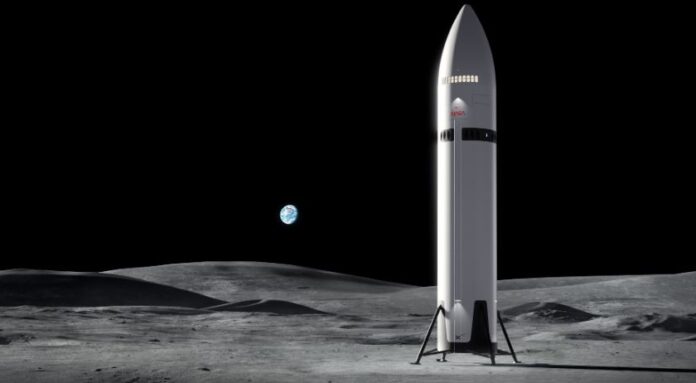Cape Canaveral, Florida – In an ambitious doubleheader, SpaceX successfully launched two lunar landers on Wednesday from NASA’s Kennedy Space Center, aimed at fostering commercial activities on the moon. The launch occurred in the dead of night, catapulting the spacecraft into space as part of a growing trend of private sector lunar missions.
The two landers, developed by Tokyo-based ispace and Texas-based Firefly Aerospace, embarked on their journey together to economize on launch costs but soon split apart to follow distinct trajectories to the moon. This mission marks a significant step for both companies, with each pursuing unique scientific and exploratory goals.
For ispace, this launch represents a second chance after their first lunar lander ended in a crash two years prior. This time, they’ve equipped their lander, named Resilience, with a rover tasked with collecting lunar regolith for analysis, alongside experiments to assess potential resources for future human habitation, like food and water sources.
Firefly Aerospace, newer to lunar endeavors, has packed its Blue Ghost lander with 10 NASA experiments. These include a vacuum for soil collection, a temperature-measuring drill, and an anti-dust device for spacesuits, all aimed at preparing for future human exploration. Blue Ghost, standing at about 2 meters tall, is slated to land first in early March at Mare Crisium, a vast, dark plain on the moon’s surface.
Resilience, slightly larger, will take a longer path, aiming for a landing at Mare Frigoris in late May or early June. ispace’s CEO, Takeshi Hakamada, clarified, “We don’t think this is a race; it’s not about the speed,” emphasizing the broader aim of sustainable lunar exploration.
“CLPS landers are designed to provide insights into the lunar surface environment and the ability to test technologies. The missions launched as part of this program are the precursors to landing Artemis astronauts safely on the Moon with Starship’s Human Landing System, or HLS”– Musk
Both CEOs, Hakamada and Firefly’s Jason Kim, are acutely aware of the historical challenges of lunar landings, where numerous attempts have ended in failure. The moon has seen successful landings by only five nations to date. Kim, seeking luck, donned an Irish shamrock on his lapel before the launch.
NASA’s involvement underscores the mission’s significance for future human spaceflight under the Artemis program, with Science Mission Chief Nicky Fox stating, “We’re sending a lot of science and technology ahead of time to prepare for that.”
If successful, both landers will operate for two weeks in the lunar daylight before shutting down as night falls. ispace’s rover will explore a small radius around the lander, moving at a snail’s pace, and will deploy a tiny red house, an artistic project by a Swedish artist, onto the lunar surface.
NASA has invested $101 million in Firefly’s mission and an additional $44 million for the experiments, while ispace’s mission costs less than their previous attempt, which exceeded $100 million.
Looking ahead, Houston-based Intuitive Machines is preparing for its second lunar mission by the end of February, following their historic but sideways landing near the lunar south pole last year.
These missions not only push the boundaries of what’s commercially viable in space but also lay the groundwork for humanity’s return to the moon, envisioned under NASA’s Artemis program.
Key Points:
- SpaceX launched two lunar landers from NASA’s Kennedy Space Center for U.S. and Japanese companies.
- The landers, one from ispace (Japan) and one from Firefly Aerospace (U.S.), aim to promote commercial activities on the moon.
- Ispace’s Resilience carries a rover to collect lunar dirt and conduct resource experiments, seeking redemption after a previous crash.
- Firefly’s Blue Ghost includes 10 NASA experiments, focusing on lunar science and technology for future exploration.
- The landers took separate paths to the moon after launch, with Blue Ghost aiming for an early March landing and Resilience targeting late May or early June.
- Both CEOs acknowledge the high risk of lunar landings, with only a few nations achieving success historically.
- NASA has invested significantly in these missions, with Firefly receiving $101 million plus $44 million for experiments, while ispace’s costs are undisclosed but lower than their last attempt.
- The missions are part of broader efforts to prepare for NASA’s Artemis program, aiming for human lunar returns by the decade’s end.
- Ispace’s rover will deploy a small artistic installation on the moon, blending science with creativity.
- Another upcoming mission by Intuitive Machines is scheduled by the end of February, continuing the trend of private lunar exploration.



